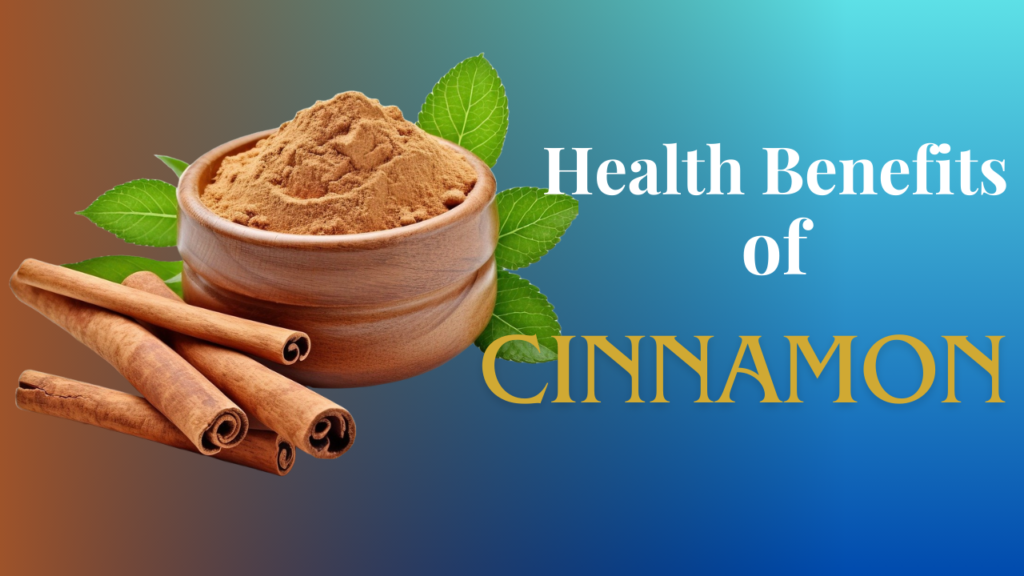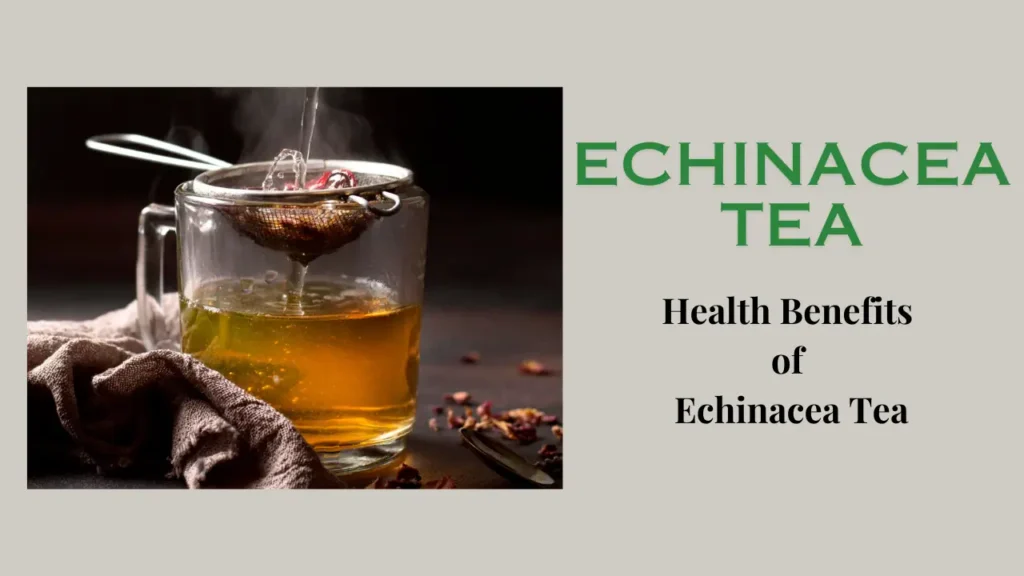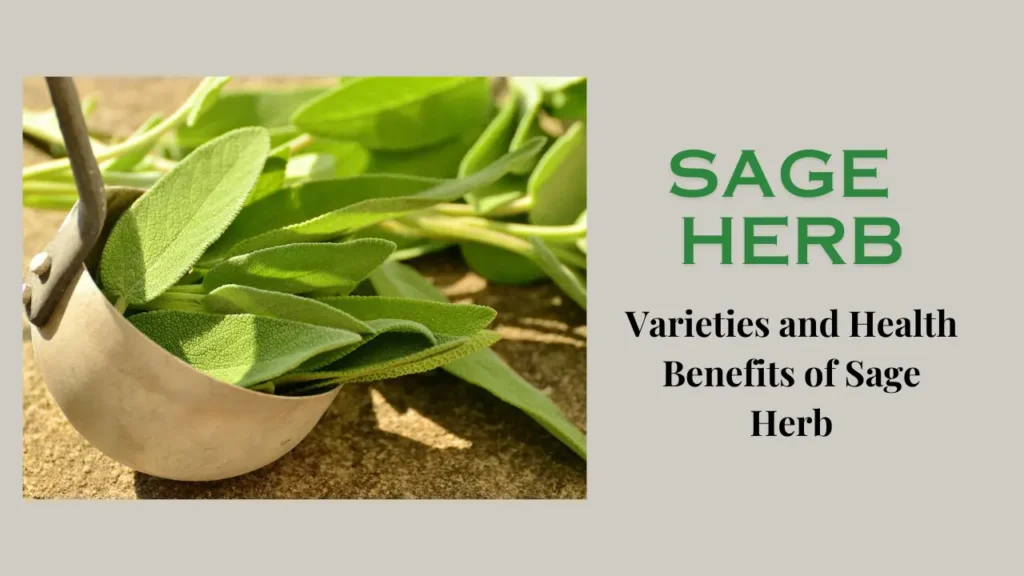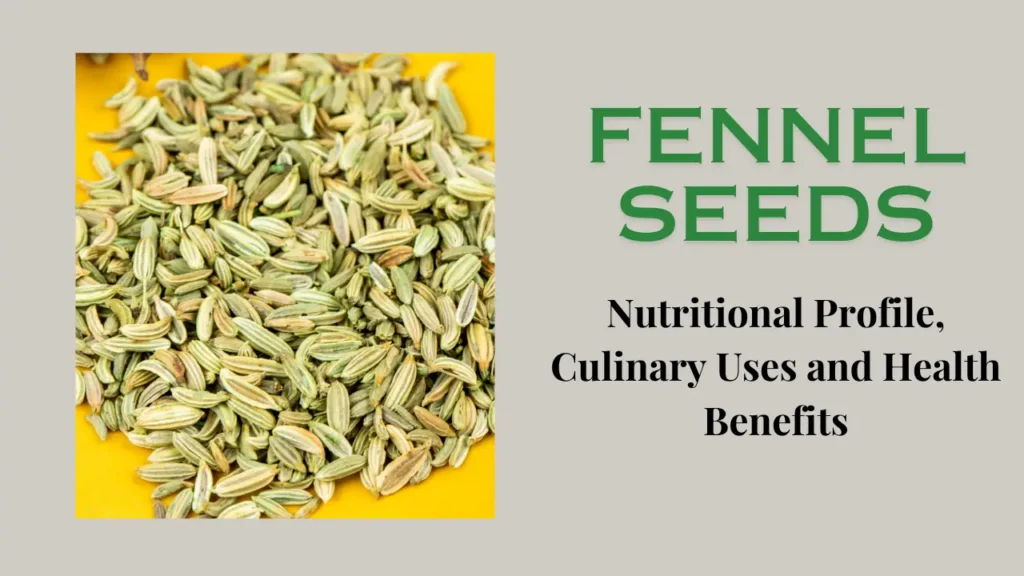Licorice (Mulethi in Hindi), also known as Glycyrrhiza glabra. It is a herbaceous perennial plant that has been widely used for centuries due to its many health benefits and distinctive taste. This versatile herb has found its way into various culinary traditions, herbal remedies, and even skin care products. In this article, we will learn about its origin and ways to include it in your daily routine.
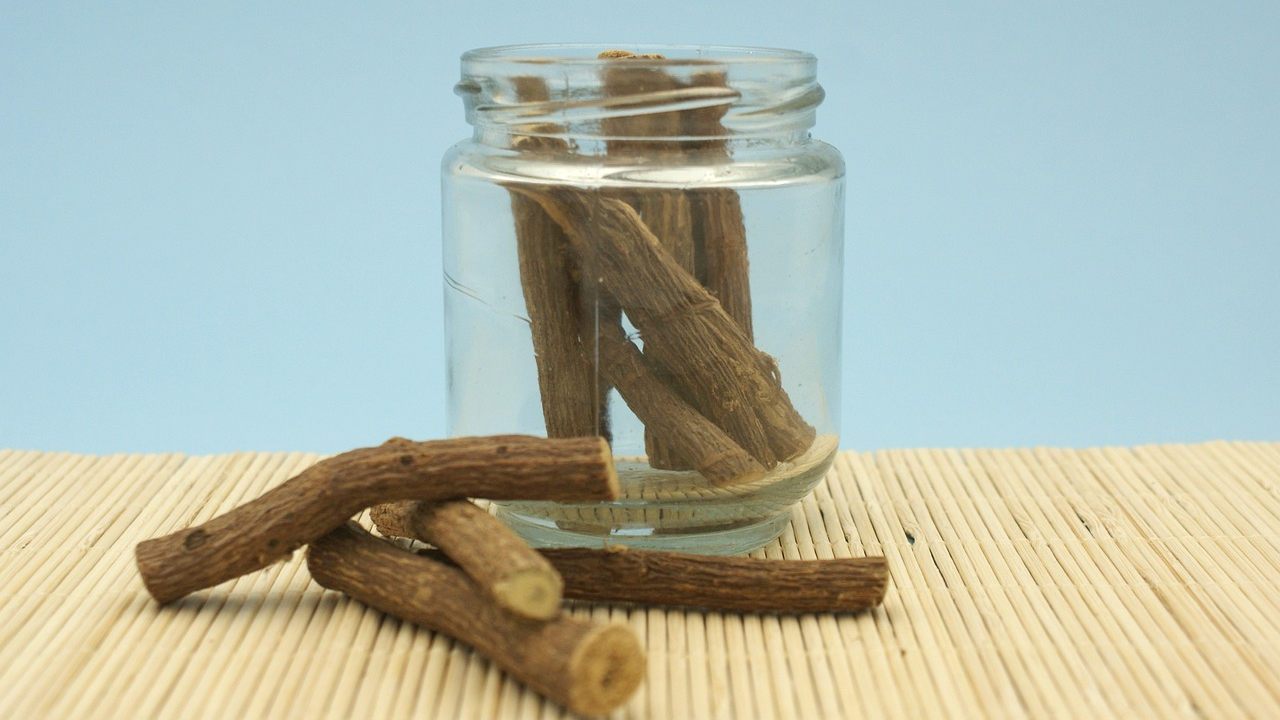
Origins of Licorice
Licorice is scientifically known as Glycyrrhiza glabra. It is a herbaceous perennial plant native to Europe and parts of Asia. It has a long history of cultivation and use in various countries, including Greece, China, and India. It has been used for thousands of years due to its unique taste and medicinal properties.
Its historical use extends to traditional medicine and confectionery. In ancient Greece, its root was used to treat a variety of ailments, including respiratory problems, gastrointestinal problems, and liver disorders. In traditional Chinese medicine, it has been used as a harmonizing herb to balance the effects of other herbs and support the digestive system. Its flavored candies and sweets are also available.
Nutritional Profile of Licorice
- Vitamin E: It contains vitamin E, which is a powerful antioxidant that helps protect cells from damage caused by free radicals.
- Vitamin B-Complex: It is a source of various B vitamins, including thiamine, riboflavin, niacin, vitamin B6, and pantothenic acid, which play important roles in energy production and overall well-being.
- Magnesium: It provides magnesium, an essential mineral involved in hundreds of biochemical reactions in the body, including nerve function and muscle health.
- Potassium: It contains potassium, an electrolyte that helps maintain proper heart and muscle function.
- Calcium: It is a main source of calcium, which is important for bone health and plays an important role in muscle contraction and blood clotting. Additionally, it contains flavonoids and phenolic compounds that have powerful antioxidant properties. These compounds help protect the body’s cells from oxidative stress, thereby reducing the risk of chronic diseases.
It is worth noting that licorice is low in calories and fat, making it a suitable choice for those watching their weight or following a healthy diet plan.
Medicinal Properties and Health Benefits
- Soothe digestive discomfort: It has been traditionally used to ease symptoms such as indigestion, heartburn, and stomach ulcers. It soothes irritation in the digestive system and also promotes healthy digestion.
- Supports respiratory health: It is known for its expectorant properties, which help loosen mucus and phlegm in the respiratory tract. It is often used to provide relief from cough, cold, sore throat, and respiratory congestion.
- Anti-inflammatory effects: It contains compounds that have anti-inflammatory properties. These compounds help reduce inflammation in the body, which can contribute to conditions like arthritis and allergies.
- Hormonal Balance: Licorice root is often used to address hormonal imbalance, especially in women. It may help reduce symptoms associated with menopause, such as hot flashes and mood changes.
- Benefits for Skin: Its extract is commonly used in skin care products because of its ability to lighten dark spots, soothe irritated skin, and promote a more youthful appearance. Its anti-inflammatory and antioxidant properties make it beneficial for various skin conditions including acne, eczema, and hyperpigmentation.
Read Also: Sage Herb
Types of Licorice Products
- Root: Dried licorice root is commonly used to prepare teas and herbal extracts. Steep the root in hot water to make a soothing and aromatic drink.
- Powder form: The ground root is used as a natural sweetener in cooking and baking. It adds a unique and slightly sweet flavor to dishes like desserts, smoothies, and sauces.
- Extract: Concentrated licorice extract is used in the production of supplements, syrups, and topical applications. This extract can be consumed internally for medicinal purposes or can also be applied externally on the skin for its soothing properties.
- Candy: Traditional licorice-flavored candies are made by mixing licorice extract with sugar, gelatin, and other ingredients. These candies come in various shapes, sizes, and flavors and are enjoyed by many people as a sweet treat.
Incorporating this into Your Daily Routine
- Licorice tea: Steep the root in hot water to make a soothing herbal tea. If you want, you can also add honey or lemon to it to enhance the taste.
- Culinary Uses: The powder can be used as a natural sweetener in baked goods such as cookies, cakes, or muffins. It can also be added to smoothies or used in sauces and marinades to add sweetness and depth of flavor.
- Topical Application: Use skin care products containing its extract to enjoy skin-enhancing benefits. These products can help fade dark spots, soothe irritated skin, and promote a healthy complexion.
- Herbal Supplements: Be sure to consult a health care professional before using licorice for specific health concerns.
Precautions and Potential Side Effects
Conclusion
In conclusion, licorice is a remarkable herb with a rich history and health benefits. From its soothing effects on the digestive system to its potential skin-enhancing properties, this versatile herb offers something for everyone. Whether you enjoy it in a cup of tea, as a natural sweetener, or through skin care products, licorice can be a valuable addition to your daily routine. However, it is important to consume licorice in limited quantities to avoid any potential side effects and seek professional advice if necessary.
Remember, before starting any new wellness regimen, it’s always best to consult with a healthcare professional to ensure it is suitable for your specific needs and circumstances.
licorice contains a compound called glycyrrhizin, which gives it sweetness. However consuming it in large quantities can disrupt your body’s electrolyte balance, especially potassium. Which can cause many problems, some of which are as follows:
- High blood pressure: This becomes the foremost concern, especially for people with heart disease.
- Muscle weakness and cramps: Potassium deficiency in a person can cause symptoms like fatigue and muscle cramps.
- Abnormal heart rhythm: In extreme cases, excessive licorice consumption can disrupt electrical signals in the heart.
There is no single answer that fits all. The World Health Organization suggests a safe limit of 100 mg glycyrrhizin daily for healthy adults. This roughly equals 2–2.5 ounces (60–70 grams) of black licorice. However, individuals with high blood pressure or heart disease should be cautious and consult their doctor before using it.
Not necessarily! The licorice root is yellow-brown. The dark color of black licorice is due to additional ingredients like jaggery or food coloring. You can also find it in other forms like red, yellow, and even white depending on the taste and adulteration.
It can be enjoyed in limited quantities as part of a healthy diet. Because it offers some potential health benefits, such as:
- Antioxidant properties: It contains antioxidants that help protect cells from damage.
- Anti-inflammatory effects: Mulethi has anti-inflammatory properties that are beneficial for conditions like arthritis.
- Digestive Aid: It soothes an upset stomach and helps promote digestion.
However, it is important to remember its potential negative aspects and consume it in limited quantities.
In normal quantities, the effect of licorice is minimal. However large amounts of it can affect your body in several ways:
- Lowers potassium levels: This electrolyte is important for muscle function and nerve signals. Low potassium can cause problems like weakness, cramps, and irregular heart rhythm.
- Increase blood pressure: Glycyrrhizin can trigger a hormonal imbalance that increases blood pressure.
- Affect other medications: Liquorice may interact with some medications, including diuretics and birth control pills, so be sure to consult your doctor before using it if you’re taking any medications.

